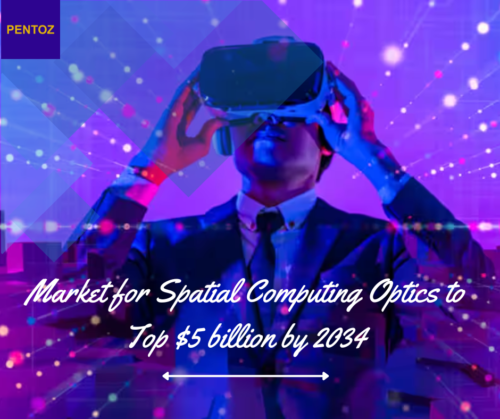AR and VR headsets, or augmented and virtual reality, are quickly becoming the next big thing in computer gadgets. VR headsets with mixed reality capabilities, such as Meta’s Quest 3 and the soon-to-be released Apple Vision Pro, are showcasing the full potential of spatial computing. Millions of VR headsets for home gaming have been sold, and AR glasses have established themselves in the market. To get these XR (Extended Reality) devices closer to actual ubiquity, one major obstacle needs to be solved: optics.
Since augmented reality headsets look right through the real environment and need optical combiners to superimpose virtual data on top of it, the industry has so far faced difficulties obtaining the specialized optics needed for these headsets. To address this issue, a plethora of specialized, frequently fabless optics companies have emerged, providing headset manufacturers with a wide array of technologies.
Since virtual reality headsets are optically closed off from the outside world, lenses are needed to enlarge the screens and focus them at a distance that is comfortable for the user. In 2023, there will be a significant shift to smaller pancake lens structures, but there are still issues that need to be resolved before VR can fully immerse users. The next front in this fight is to provide answers for the vergence-accommodation dilemma, with millions of research and development dollars being invested in this endeavor.

















